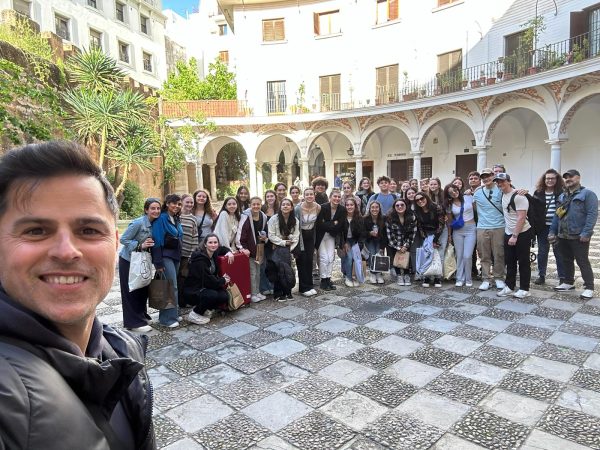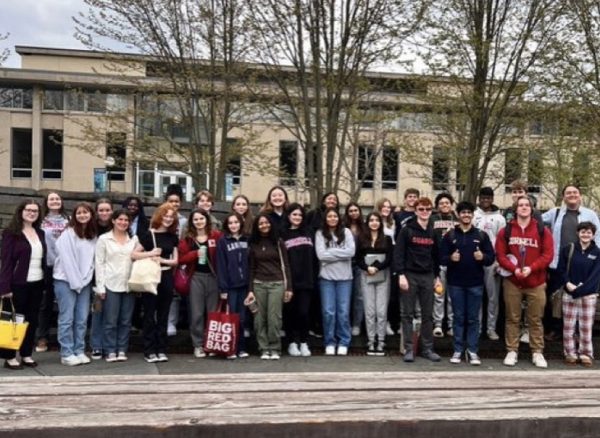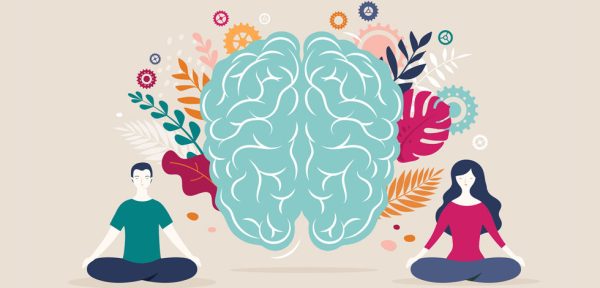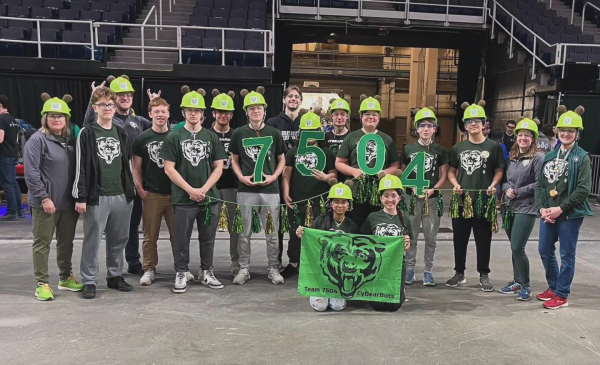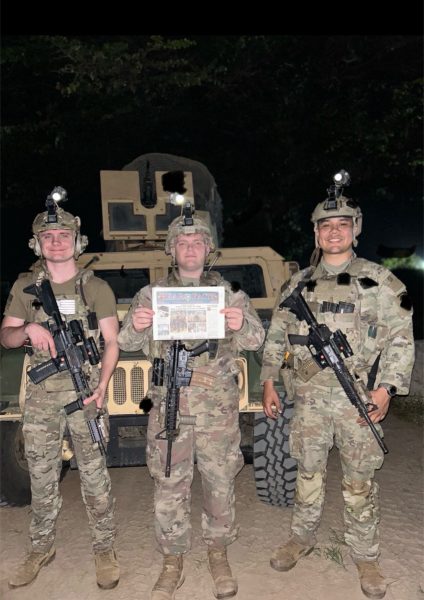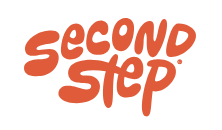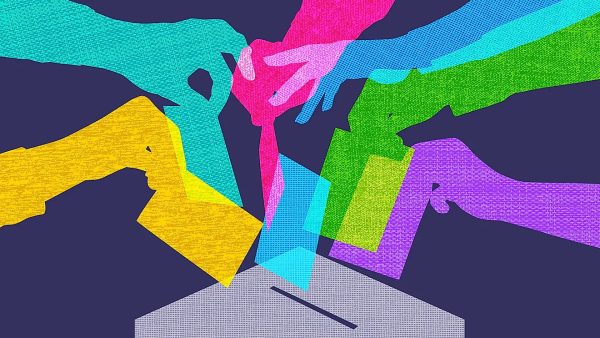It’s Time to Unblock Snapchat
On Monday, December 17th, 2018, an email was sent out to the staff and students of Brewster High School and Wells Middle School. It declared that on the following day, SnapChat would be blocked on the school’s internet on the grounds that it was not being used for educational purposes, and that it wastes school resources like network bandwidth.
These reasons are hypocritical, and the decision has actually negatively affected both the productivity of the students and the performance of the school’s network. If you agree that the change should be rectified, you can help bring the issue to the Technology Department’s attention.
A VPN, (virtual private network) can allow for users to encrypt traffic at the packet level, ensuring that filters cannot read and block traffic to certain sites or services. An article from Wikipedia.org says, “Internet users may secure their transactions with a VPN, to circumvent geo-restrictions and censorship, or to connect to proxy servers to protect personal identity and location to stay anonymous on the Internet.” When students found that the school had blocked traffic to SnapChat, many of them turned to using VPNs, tools they discovered last year when the school blocked SnapChat for a week. VPNs are widely available on Apple and Android devices, with higher quality ones requiring a paid subscription for their services. There are however, many more VPN apps that are completely free for the user, and offer the encryption that the user needs to bypass any restrictions by the school.
VPNs are against section IV of the district’s Responsible Use Policy, but it may be very difficult to restrict use of VPNs, since many services have multiple VPN servers in use. As soon as one is blocked, the user can immediately switch to another server. VPN services offer hundreds – even thousands – of different servers, with one notable example boasting over 500 servers in each of 86 countries, with over 2,000 in the US, Canada, and UK alone. Blocking all of these servers is near impossible, considering how often servers are added and changed. But even if it were possible to completely block all traffic to all commercial VPN services, and keep up with the constant changes these services make, it is still possible that students could host private VPNs for themselves and their friends on their home computers. Private VPNs need to be installed and configured on a home computer that is to be used as the VPN server. Instructions on how to do so are simple and publicly available on the internet for anybody to follow. Private VPN servers are not listed anywhere on databases of commercial VPN servers, so finding the information needed to block a private server can be hard to get, and when a private VPN is blocked, its owner can easily have that information reset with configurations on their home router. With all these alternatives and workarounds for school filters, stopping the use of VPNs on the school’s network is near impossible.
So how do VPNs affect the school’s network? The encryption used on the data packets being routed through a VPN server (along with other information the VPN server may be using) can significantly increase the size of those data packets. Online sources say this increase in size can range anywhere from 10% to 95%, depending on the service one uses, configuration of one’s VPN, and the data being transmitted. This means it is possible for VPNs to increase usage and stress of a network by nearly double. This could only amplify the issue of SnapChat using “an enormous amount of bandwidth on our network which in turn slows down all traffic,” as stated by Jim Treloar in his email announcing SnapChat would be blocked. It may sound counterintuitive, but blocking SnapChat because of its impact on the network will actually make the problem even worse.
Besides bypassing restrictions made by a network owner, VPN encryption also means that the network owner cannot see any details of the traffic the user is actually trying to send, meaning that the school cannot watch over students’ actions online. As long as students need to resort to VPN usage, the school will be unable to monitor their students. As more time passes, students who began to use VPNs to bypass school restrictions may become more aware of the fact that they have complete freedom on the internet when using a VPN. This may lead many to begin using VPNs not just to bypass restrictions, but also to avoid the watchful eyes of school administration. It is common sense then, that the Technology Department should swiftly retract their decision. The longer the restriction is in place, the more people may find the freedom and anonymity gained through VPN use.
The school also claims that one of the reasons that SnapChat has been blocked is because it has no educational value and that it disrupts the learning process. If the school’s intent is to remove content not being used for educational purposes, then there is quite a list of things to block. The tech department seems to be able to target specific popular services they think might “disrupt the learning process,” but they are overlooking some very obvious sites and services that absolutely would not be used for any educational purpose whatsoever. In research, I found several hate groups’ websites unblocked on the district’s internet, but we students are being denied communication on our preferred social media. Blocking SnapChat shows that the administration is cherry-picking sites based on opinion rather than checking for “educational value.”
It is impossible for the school to prevent the use of SnapChat in their school and on their network, since as long as a single student knows how to access it, everybody else will. The restriction will only worsen the problem it seeks to resolve, and the more time it spends in effect, the more students will realize the anonymity of information granted by VPNs, a problem that the school may not be able to reverse.


